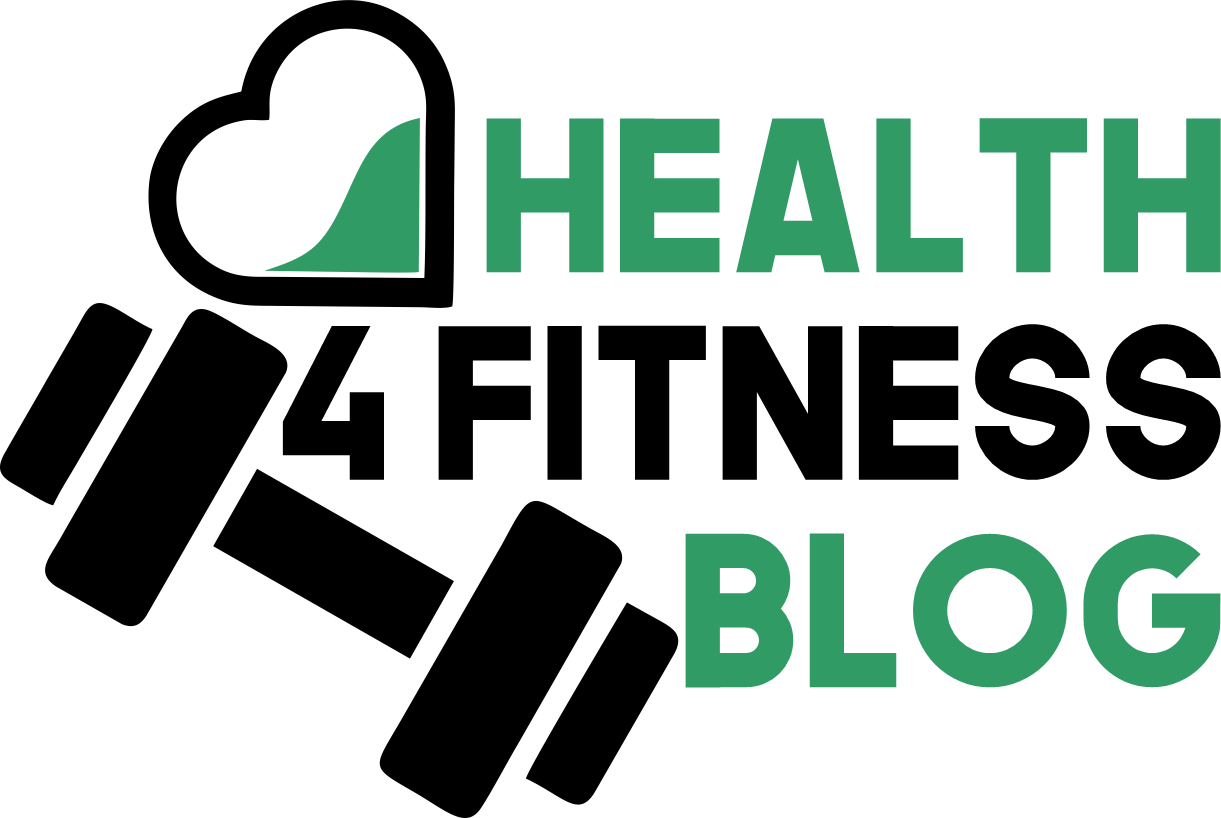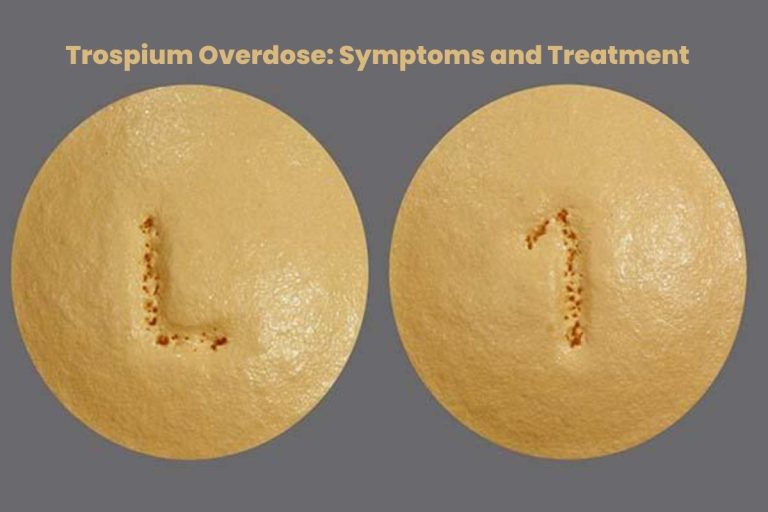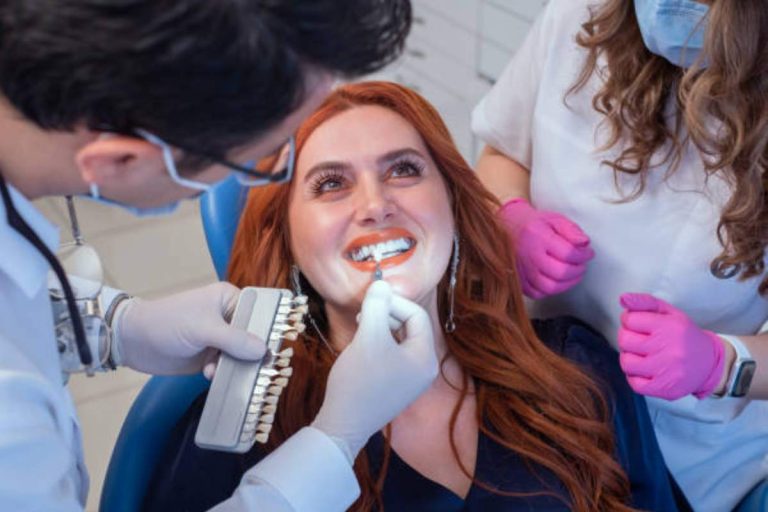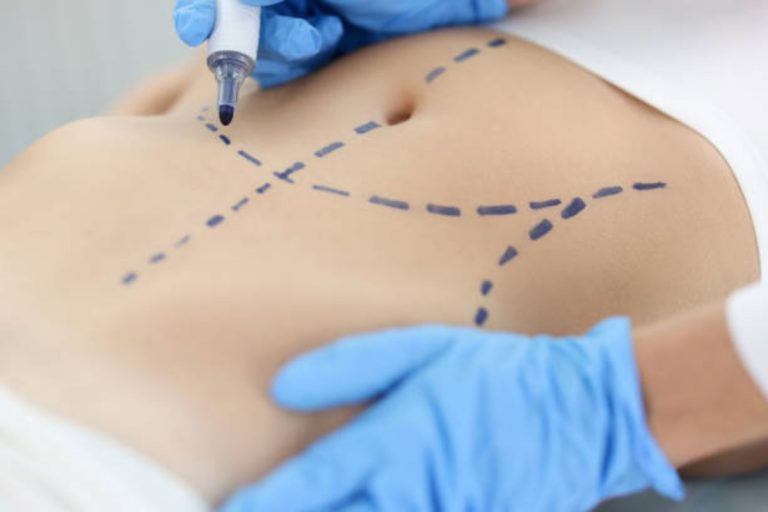Osteoarthritis is a degenerative joint condition that affects millions of people around the world. It commonly develops in older adults but can also occur in younger people due to genetics or injuries. Osteoarthritis causes pain, stiffness, and swelling in the affected joints, making daily activities such as walking and lifting difficult and uncomfortable. More severe cases may lead to serious disability or even impairments such as loss of mobility.
Osteoarthritis is also a condition affecting our bones. The protective coating between joints wears away as time passes, leading to uncomfortable rubbing when we move. This can cause inflammation of the joints’ inner lining. In addition, as osteoarthritis progresses, adjacent structures like ligaments and tendons may be damaged, which can restrict movement further. Fortunately, there are osteoarthritis treatment options available to help manage the condition. Let’s look at some of the different osteoarthritis treatment options.
Table of Contents
● Treatment With Exercise and Activity Modification
One of the essential things you can do to manage osteoarthritis is to stay active. Regular exercise helps keep joints limber and robust, which can help reduce pain and improve mobility. However, ensuring you exercise appropriately for your fitness and condition level is vital. If you have any doubts about what exercises are safe for you to do, speak to your doctor or physical therapist.
● Anti-Inflammatory Medication Treatments
Nonsteroidal anti-inflammatory drugs (NSAIDs) are especially beneficial for relieving osteoarthritis symptoms and improving overall mobility in some cases. Unlike many other treatments, NSAIDs are affordable and widely available without a prescription. In addition, they may help to reduce swelling, stiffness, and pain in affected joints. However, consult your doctor before taking any medications for your osteoarthritis, as some long-term use of NSAIDs could lead to more severe health complications.
● Injection Treatments To Reduce Inflammation
In some instances, injections can be an effective option for managing osteoarthritis symptoms. This treatment typically involves directly injecting medications into the affected joint. Depending on the type of medication used, this approach can provide fast relief from pain and other symptoms, often with longer-lasting results compared to oral medications.
However, before considering osteoarthritis treatment, you must talk to your medical doctor about the risks and benefits before deciding whether injections are right for you.
● Advanced Treatment With Orthobiologics
Orthobiologic treatments involve using proteins derived from cells in the human body (or synthesized proteins) to promote healing or regeneration in damaged tissue or bone, and it’s a standard option for osteoarthritis treatment. Orthobiologics can treat various musculoskeletal conditions, including osteoarthritis, depending on where they are injected into the body. Orthobiologic therapies are becoming increasingly popular due to their effectiveness in treating conditions without surgery or invasive procedures.
Conclusion: There Is Hope For Those With Osteoarthritis
Osteoarthritis doesn’t have to mean living with constant pain and limited mobility; many treatment options available can help relieve symptoms and improve the quality of life for those suffering from this condition. Something is out there for everyone, from exercise modifications to injections containing corticosteroids or PRP (plasma-rich therapy)! Speak with your doctor about what treatment plan would work best for you to get back on track toward optimal health again.








